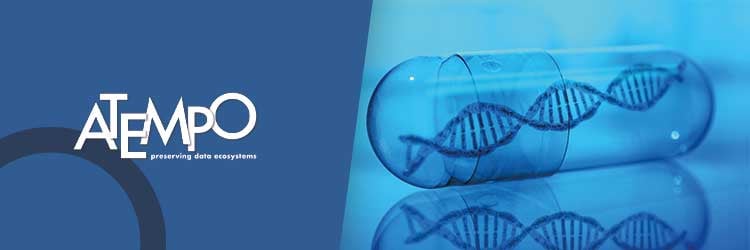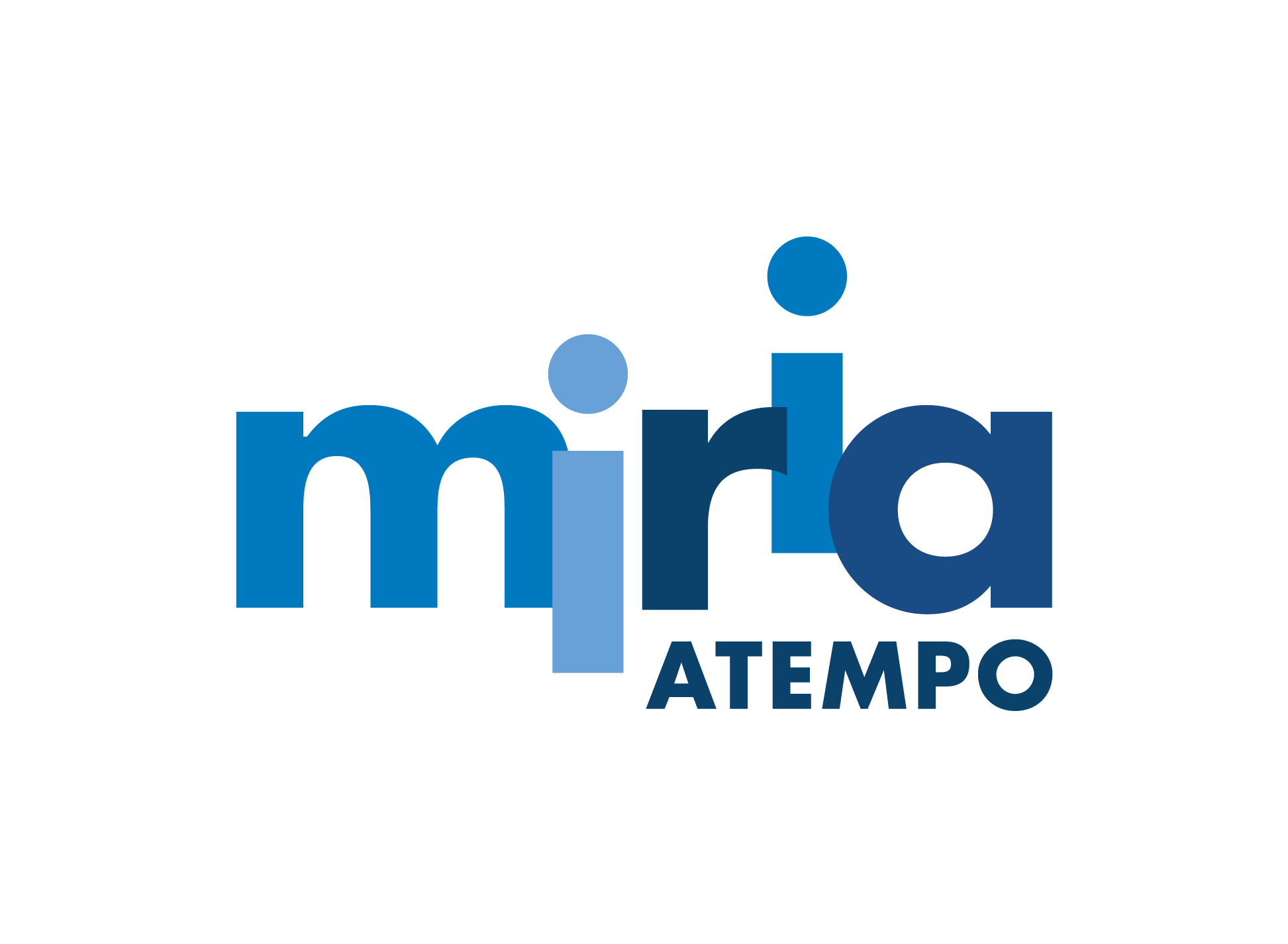
With global data volumes set to reach 175 zettabytes in 2025, traditional storage media are beginning to reach their limits. The rise of myriad data heavy technologies –IA, IoT and Big Data- is pushing data even harder. If only there were a small, foolproof, and low-energy solution to this data explosion; another way to manage information density, longevity, and eco-responsibility to store 70% of global data which is rarely accessed.
Since the 1990s, biologists, geneticists and chemists have been studying DNA storage but it’s only recently that DNA Drive Technology has come under closer scrutiny. This technology, developed and patented by two researchers from the Sorbonne University and the French National Research Council could provide a very promising response to global storage needs in the coming decades.
***
WHAT IS DNA DRIVE ?
DNA Drive technology uses mechanisms inherited from biology to easily edit and copy data onto large fragments of DNA. To get very scientific for a moment, it’s about using plasmids or chromosomes encoded by biological synthesis, biosecured and readable with sequencers, all this on a support which is smaller than a USB stick.
The encoding technique consists of transforming the binary data (0 or 1) into a series of letters which constitute the basis of a DNA molecule: A, T, C and G. The DNA Drive algorithm then converts the data back to binary information and decompresses it to find the original files.
Data is stored in a freeze-dried DNA capsule. To decode the data, the capsule needs to be opened and the DNA rehydrated with a drop of water.
***
WHAT CAN WE EXPECT FROM DNA DRIVE ?
According to the Academy of technologies, there are several major advantages to DNA storage. First, this technology offers unbelievable longevity since the shelf life of documents on synthetic DNA can exceed 50,000 years (compared to 5 to 10 years for traditional media). Each capsule can contain an amount of DNA corresponding to 5 petabytes (5 million GB) of digital data.
Secondly, DNA storage requires a low quantity of energy. With a stainless-steel exterior and a glass interior, the capsules containing the data allow DNA to be encapsulated in an inert atmosphere. The DNA is perfectly protected from damage over time. This is a major advantage when we know that datacenters that accommodate traditional storage media (optical, tapes, disks, etc.) consume 2% of global electricity production, and that this consumption is slated to reach 13% by 2030.
Recently, the Declaration of the Rights of Man and of the Citizen in 1789, and the Declaration of the Rights of Woman in 1791 were converted to DNA form and stored in a safe box in the French National Archives. In the future, most digital information could be stored using this technology. The National Archives are not the only one that expects a lot from DNA. Digital giants such as Microsoft have developed a machine that automatically writes and reads digital information in DNA.
In five to ten years, DNA storage should conquer the markets for cultural archiving, film and music preservation, scientific data together with sensitive and confidential information that needs to be reproduced easily, without a trace.
Even if DNA synthesis is a time consuming and expensive process (it currently takes several days to encode a file and 1 hour to read it, and over a million dollars to write 1 GB of data to DNA), DNA storage remains very promising. As with all innovative and disruptive technologies, the cost of encoding is expected to decrease as energy and security costs become more critical. The wisest idea will be to use this type of storage for “cold” data which does not need to be consulted immediately and for which we can afford to wait for the decoding time of a DNA file. But within a decade, DNA storage could start to shape how we archive large volumes of data.
***
Learn more:

